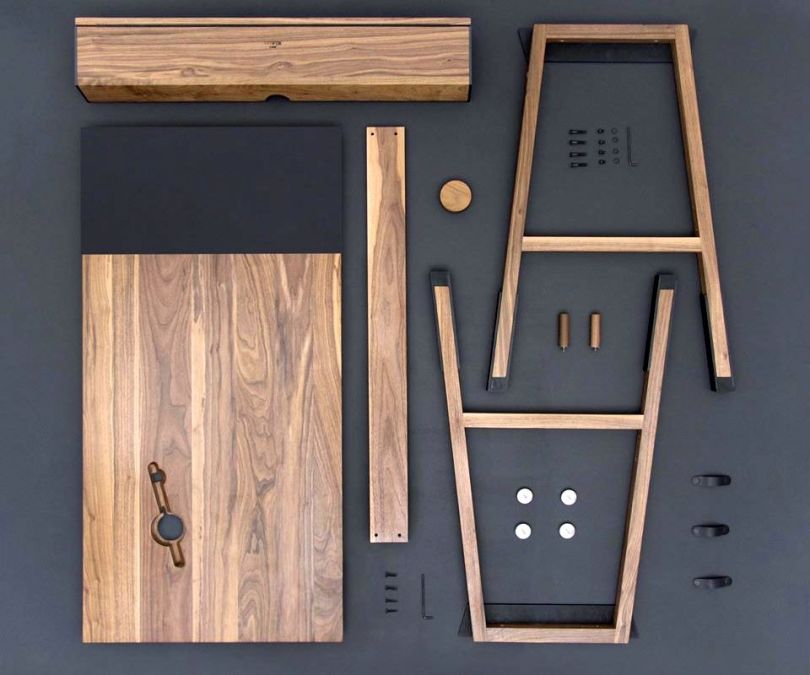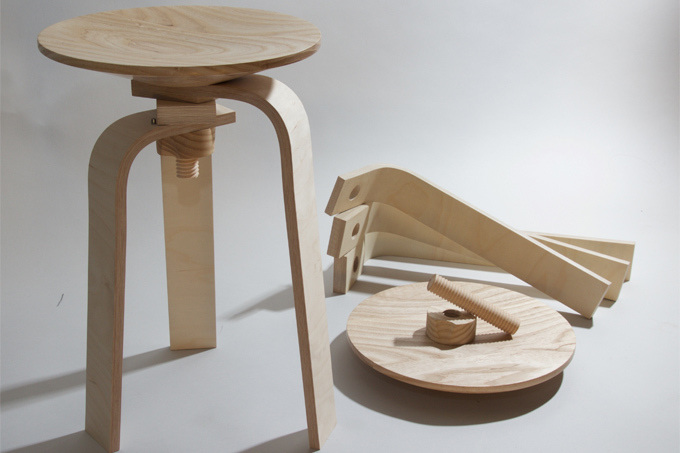Knock-Down Furniture: Brief History or RTA
History of Ready-to-Assemble (RTA)
Until the outbreak of World War I, woodworking machine shops primarily focused on providing machining services such as sawing, turning, and planning for external requests. However, the landscape began to change as mass-produced furniture gained prominence in Britain and Europe in the interwar period. The furniture industry faced severe challenges during World War II due to timber shortages.
In the 1950s, there was a gradual shift back towards more ornate and decorative furniture. This era witnessed the introduction of novel materials, advanced machinery, innovative adhesives, finishes, and fresh design trends. Post-World War II, the soaring demand for affordable home furnishings drove furniture makers to explore alternative materials like compressed wood chips and shavings. These materials, covered with stained paper, foil, or melamine, allowed for the production of durable, budget-friendly furniture.
In the 1950s, manufacturers in the United States embarked on experiments with Knock-Down furniture, and by the 1970s, ready-to-assemble furniture emerged as an industry driven by consumer needs. Manufacturers adapted to every new trend in the market, producing items that complemented the latest innovations. The 1980s saw a surge in this trend, with new companies sprouting to supply products such as TV/VCR stands, microwave carts, and furniture designed for personal computers. Over time, these companies expanded their offerings to include bookcases, bedroom furniture, and children's furniture.
The concept of disassembling furniture pieces for easy transport and subsequent reassembly gained popularity, further boosting the demand for knock-down furniture. This trend continued to flourish in the market, solidifying its place in the furniture industry.


Comments
Post a Comment